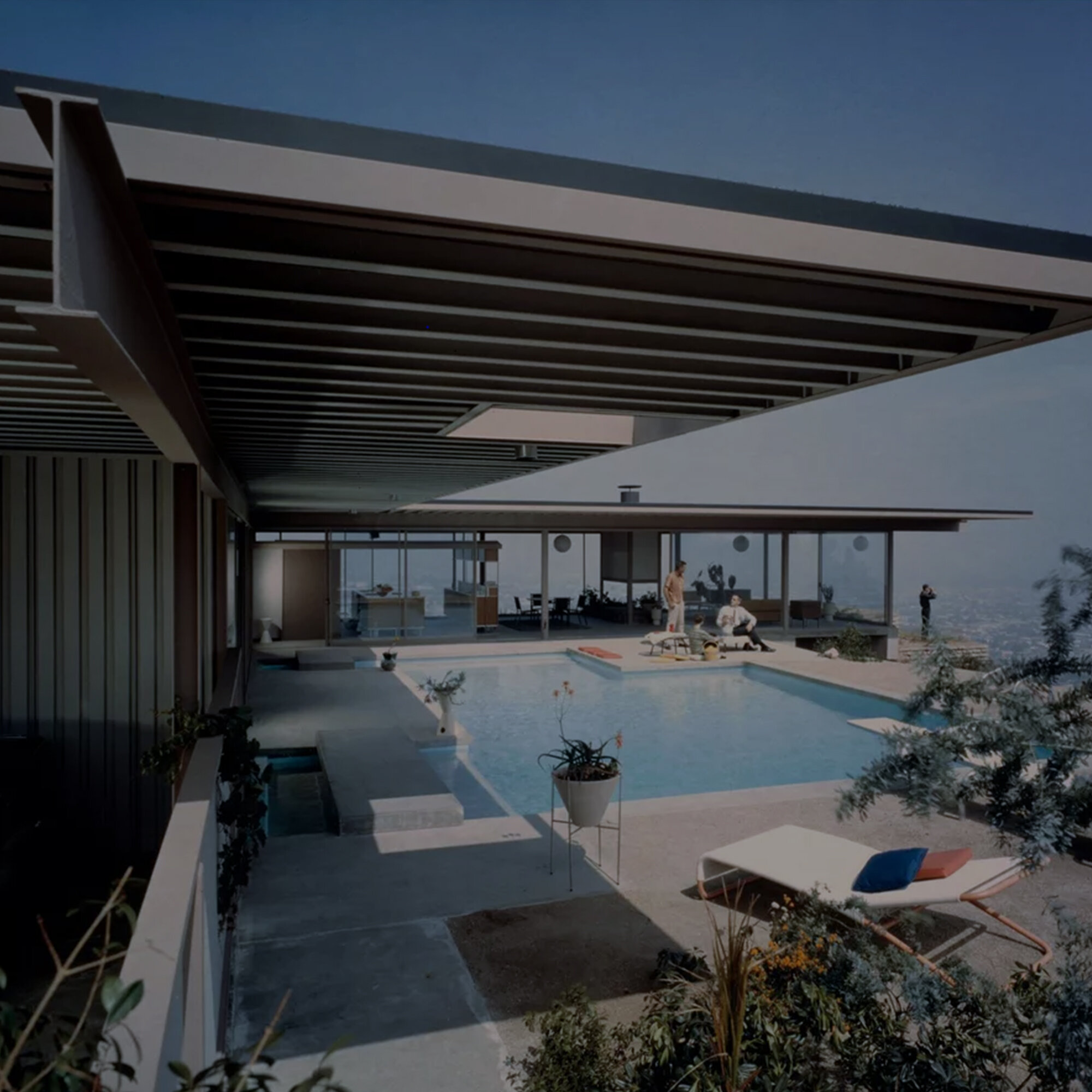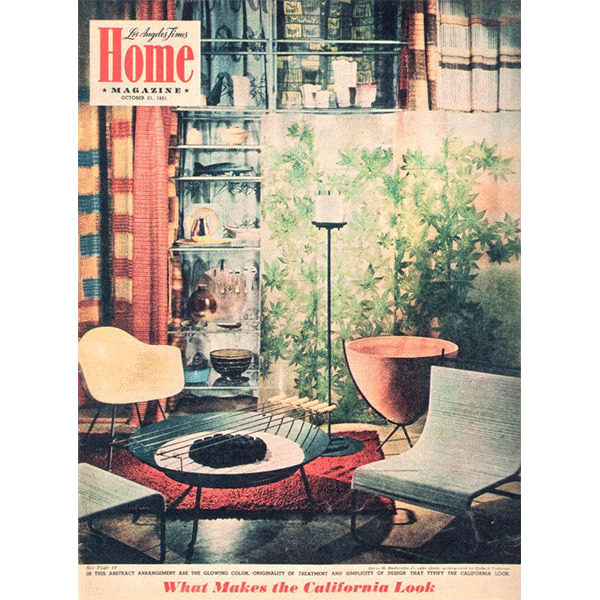609
609
Architectural Pottery
USA, c. 1965
flame glazed terracotta 15 h × 27 w × 25 d in (38 × 69 × 63 cm)
USA, c. 1965
flame glazed terracotta 15 h × 27 w × 25 d in (38 × 69 × 63 cm)
estimate: $2,000–3,000
follow artist


Whenever we see a white cylinder planted with a tree or flowers inside or outside an office building or a bank, and now quite often at gasoline stations, all of that is the heritage of Architectural Pottery.
Bill Stern, director of the Museum of California Design
In the late 1940s, a new style was emerging in California, with architects and designers wanting to create a seamless integration of outdoor and indoor space. Designers like Hendrik van Keppel, Taylor Green and Walter Lamb were creating furniture that functioned in both settings and there was a need for accessories that did the same. Rita Milaw Lawrence and her husband Max Lawrence founded Architectural Pottery in 1950 to fill this void, recruiting talented artists such as John Follis and LaGardo Tackett from the California School of Arts in Pasadena to create a line of modern ceramics.

Architectural Pottery's first catalog in 1951 was radical for the times, with the pure, streamlined forms and stark white being a departure from the ubiquitous fat-lipped terracotta pots that had been used since time immemorial. Architectural Pottery was instantly recognized and pieces from their first catalog were included in the 1951 MoMa Good Design exhibition. They offered what Rita Lawrence described as a “portable landscape” that unified the interior and exterior environments. Architectural Pottery pieces were and remain to be incredibly popular and a modern design classic— they can be found in nearly any designed California interior from the era (pictured below) and were used commercially as well, such as at the Beverly Hilton Hotel, debuted in 1955, which featured hundreds of pieces lining the building.
David Cressey 1916–2013
Multidisciplinary artist David Cressey’s six decade-long career spanned painting, sculpture, and ceramics. Born in Los Angeles, he studied under Vivika Heino at the University of Southern California and with Laura Andreson at the University of California, Los Angeles. By 1956, Cressey earned his MFA from UCLA and he went on to teach there as well as Utah State University, California State College, Long Beach, and Mount Saint Mary College, Los Angeles.
In 1961, Cressey became the first artist in residence at Architectural Pottery in Los Angeles where, drawing upon his fine art training, he created innovative functional pottery with a distinct aesthetic that became emblematic of post-war California design. His planters went on to decorate countless patios and backyards and remain incredibly desirable to this day thanks to their modern yet timeless appearance. From 1961 until 1987 he maintained a studio in Venice, CA and also partnered with Group Artec and Earthgender Ceramics companies. By the late 1980s, Cressey expanded his artistic pursuits to mixed media abstractions on wood and, later in his career, painting became more prominent in his work as well. His paintings display complex layers of various colors, textures, and media exploring nature, movement, and abstraction.
Cressey received the prestigious California Design Award in 2006 and his work is in many permanent collections including the Los Angeles County Museum of Art, the Pasadena Art Museum, and the Everson Museum of Art, Syracuse.
Auction Results David Cressey